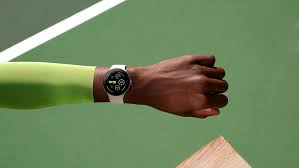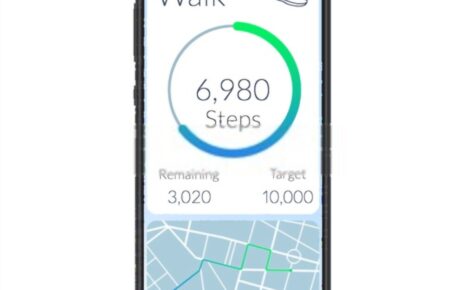The world of wearable technology is evolving rapidly, and the latest innovation from Google could be a game-changer in health monitoring. The Google Pixel Watch 3, the newest addition to Google’s wearable lineup, has introduced a groundbreaking feature: Loss of Pulse Detection. This feature is designed to monitor a user’s pulse continuously and alert them in case of any irregularities, potentially saving lives.
What Is Loss of Pulse Detection?
Loss of Pulse Detection is a sophisticated health monitoring feature integrated into the Google Pixel Watch 3. It continuously tracks the user’s heart rate and can detect when the pulse drops to dangerously low levels or stops altogether. When such an event occurs, the watch immediately sends an alert to the user and can also notify emergency contacts or services if set up to do so.
This feature is particularly beneficial for individuals with underlying heart conditions or those at risk of sudden cardiac events. It acts as a safety net, providing real-time monitoring and ensuring that medical attention can be sought promptly in case of an emergency.
How Does It Work?
The technology behind Loss of Pulse Detection is complex yet user-friendly. The Pixel Watch 3 uses advanced sensors that monitor the heart’s electrical activity. These sensors are capable of detecting minute changes in the heart’s rhythm, which are then analyzed by the watch’s built-in algorithms. If the watch detects a significant irregularity, such as a sudden drop in pulse rate, it triggers an alert.
Users can customize the settings to suit their needs. For instance, they can set the watch to vibrate or send a notification when an irregularity is detected. Additionally, the feature can be linked to emergency contacts, ensuring that help is on the way even if the user is unable to respond.
How Will It Help Users?
The introduction of Loss of Pulse Detection in the Google Pixel Watch 3 is a significant step forward in wearable health technology. For users with heart conditions, this feature offers peace of mind, knowing that their heart is being monitored continuously and that any potential issues will be detected immediately.
Beyond those with known conditions, this feature is also valuable for the general population. Heart-related issues can often go unnoticed until they become severe. Early detection through continuous monitoring can lead to timely interventions, potentially saving lives.
Moreover, the feature is designed to be non-intrusive. It works quietly in the background, allowing users to go about their daily lives without being constantly reminded of the monitoring process. This balance between effective monitoring and user comfort is key to the success of such features in wearable devices.
A Step Towards the Future of Wearable Health Tech
Google’s introduction of Loss of Pulse Detection in the Pixel Watch 3 signals a broader trend in the wearable technology industry. As devices become more advanced, they are increasingly focusing on health and wellness features that offer real, tangible benefits to users.
The future of wearable technology is not just about fitness tracking or notifications—it’s about integrating meaningful health monitoring tools that can improve quality of life and, in some cases, save lives. The Pixel Watch 3’s Loss of Pulse Detection is a prime example of how technology can be harnessed to address serious health concerns in a user-friendly manner.
Verdict
The Google Pixel Watch 3’s Loss of Pulse Detection feature is a remarkable innovation in the realm of wearable technology. It offers users a new level of security and health monitoring, making it a valuable tool for anyone concerned about heart health. As wearable technology continues to evolve, features like this will likely become standard, marking a new era in how we monitor and manage our health.




